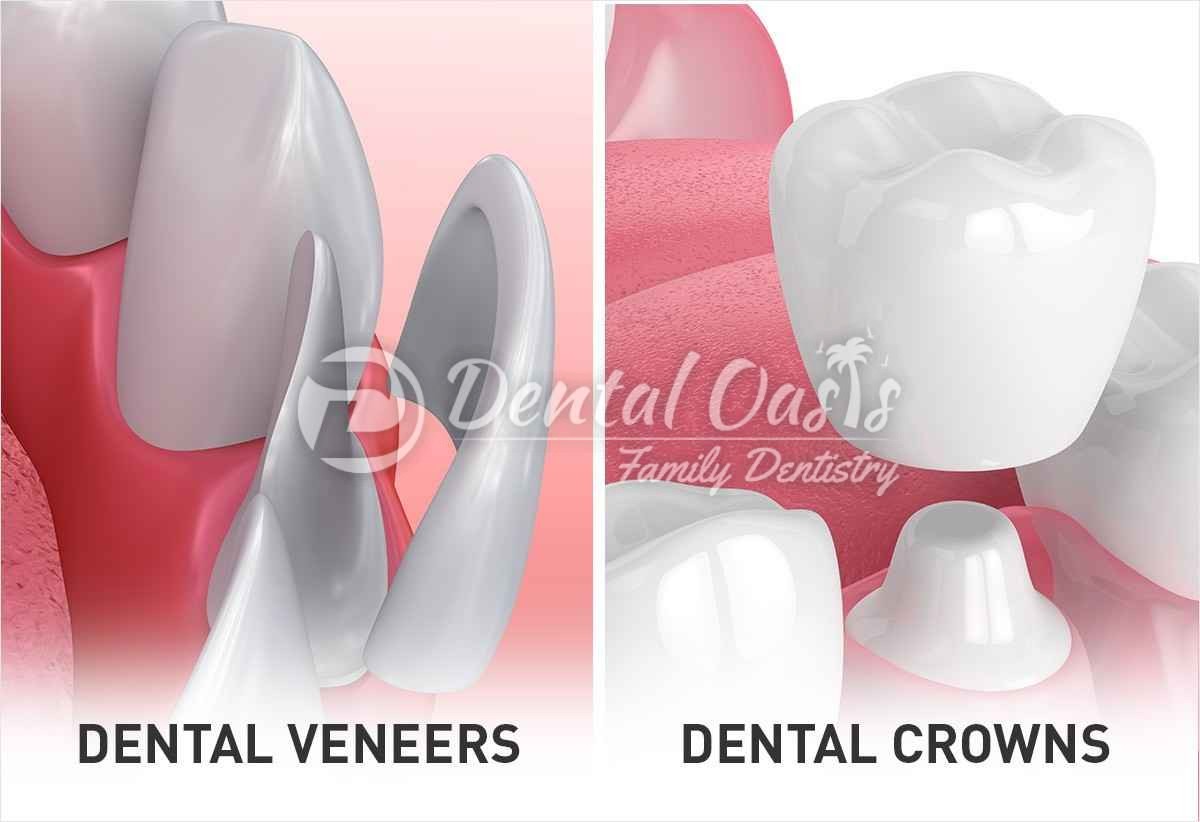Root Canal Procedure – What are the facts and myths you need to know?

Think of a root canal procedure and the common reaction is to associate it with excruciating pain. So much so that people even erroneously believe that extracting a tooth is better than having a root canal procedure done. While outdated facts & unproven theories abound when it comes to root canal treatments, it is time to debunk these theories and look at the actual facts around the treatment.
YOU MAY ALSO LIKE: Baby Root Canal
Common Myths About Root Canal Procedure, Debunked:
Myth 1: Any tooth pain will result in a root canal treatment
Toothaches can be caused on account of a wide variety of factors such as tooth decay, gum disease, pressure on account of sinus & more. All of these do not call for root canal treatment. A root canal treatment is undertaken when the pulp of the tooth is infected.
Myth 2: Treatment is Painful
Contrary to the popular belief, with the help of modern technology, root canal procedure is no longer painful. In fact it helps to alleviate pain.
Root canals are therefore extremely common procedures with minimal post treatment discomfort.
Myth 3: Pulling a Tooth is Better
Saving the natural tooth always works better. In fact extracting the tooth without a proper plan to replace them results in it impacting your bite, as also leading to more extensive treatment. On the other hand if the natural tooth can be saved with a root canal treatment, it offers many advantages, including but not limited to:
- Ensures that chewing is efficient
- Ensures that the biting force remains normal
- Helps the teeth retain their natural appearance
- Protects other teeth from strain
Myth 4: The process is long drawn:
Far from it. most root canal procedures take only as much as 1-2 visits. It is important however that restoration of the tooth be undertaken after the root canal treatment. This typically involves sealing it with a crown.
Myth 5: Root Canals Cause Illness
Flawed research carried out by Dr. Weston Price in 1910 claimed that root canal treatment could leave patients prone to infection & illness. The research has been found to be baseless. In fact there is no credible research that has proven that having a root canal increases your risk of illness.
Myth6: It is prohibitively expensive
While costs of a root canal treatment vary as per the location of the tooth as well as the cost of the crown, the treatment is not prohibitively expensive. Importantly, it is often even covered by insurance.
Myth 7: It is a risky procedure
Once again there is no truth in this. It is in fact one of the most reliable procedures to save your natural tooth. If anything, it is delaying treatment that could result in extraction of your tooth & could make you prone to health risks.
Myth 8: Pregnant women cannot go in for RCT
While it is true that pregnant women need to avoid X-rays, however RCT requires an X-ray of the mouth that involves the rays not reaching the abdomen, making it safe. In addition, lead shielding totally ensures that any risks are mitigated.
Myth 9: You don’t need a root canal if there is no pain
There are enough & more instances where people have needed a root canal procedure without any pain. This is possible when the nerves within the teeth die, and you do not feel any sensation. However lack of treatment can result in abscess or infection from spreading.
Myth 10: Tooth treated with root canal procedure does not last long
While some patients might need a root canal treatment to be redone, this isn’t the norm. It is common for tooth treated after a root canal to even last a lifetime.
To ensure that the tooth remains protected the dentist will recommend getting a crown on the treated tooth, to offer it support.
While there are a lot of myths doing the rounds, they shouldn’t come in your way in getting the treatment that you need. Here are some facts about Root Canal treatment that you should know:
The Facts about Root Canal Procedure
1. Root Canal Relieves Pain
Instead of causing pain, the procedure relieves pain. With the use of modern technology as well as anesthetics, it removes the infected pulp from the tooth, which is the source of the pain.
2. It helps preserve the natural tooth
With a root canal treatment, you gift your tooth long life as well as other advantages such as efficient chewing.
3. The process is not too long
Root canal treatments typically require 1-2 visits as opposed to a tooth extraction that requires several visits especially as an extraction needs to be followed by a tooth implant to prevent the surrounding teeth from shifting.
4. It has a high success rate
Root canal treatments are known to be highly effective with the success rate being almost 95%. It is important that the tooth be crowned after treatment as that will seal & protect the tooth once the infected pulp is removed.
5. Root Canal protects the surrounding teeth
One of the lesser-known facts about root canals is that they are important to protect the teeth surrounding the affected tooth. Having an infected tooth removed can cause the teeth around it to shift and become loose, leading to a wide range of issues. Choosing a root canal procedure can not only save the affected tooth but also protect the surrounding teeth.
To Sum Up
With an experienced dentist who can remove the infected pulp, locate the canals, seal them off, you can definitely save your natural teeth.
At Dental Oasis Family Dentistry, we do offer a full array of dental services including root canal, tooth whitening, Dentures, Tooth Extraction, & more to help you maintain healthy teeth. Call us on (925) 846-4491 or email us on office@dentaloasispleasanton.com to schedule a dental appointment.







